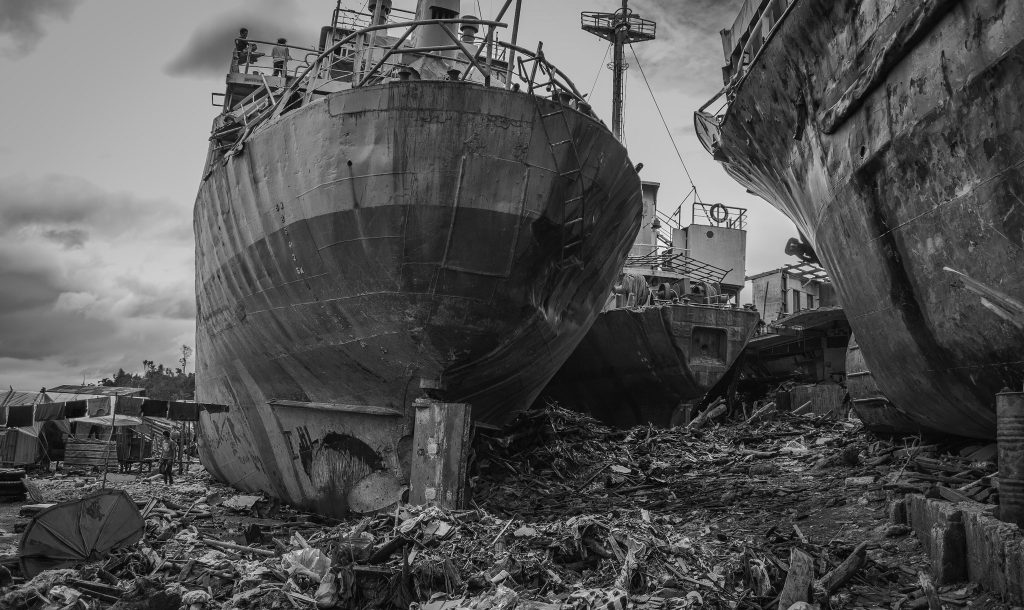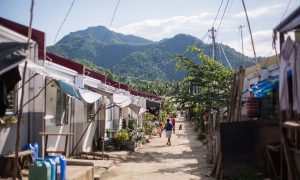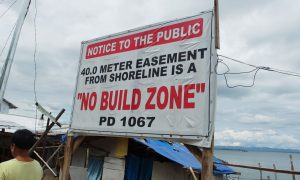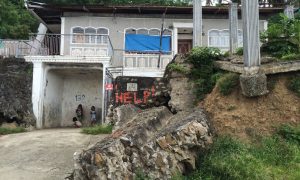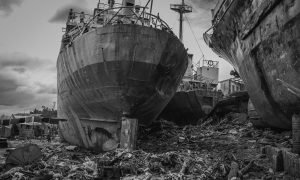The scars of Typhoon Haiyan can barely be seen today, five years since the world’s strongest storm hit Tacloban City. The city implemented what it deems to be its method of building back better: the big malls have reopened, and in fact have expanded into new locations in surrounding towns; new hotels, restaurants and cafes have sprung up in the city, becoming the trendy and glitzy hangout places of the young and emerging middle class; and, the city virtually comes into a gridlock during rush hours, as new cars cram into the city’s narrow streets—a sign of the increasing affluence of the middle class.
But hidden amidst this story of recovery is the travails of the poor and marginalised survivors of the typhoon.
The resettlement process has broken the networks of support in urban poor communities as neighbours who used to live near each other and have developed bonds of trust and reciprocity through the years were raffled off into different housing units and housing communities.
Just last month, I encountered a blind couple that used to eke out a decent living as masseurs in the city before the storm but now, because they are residing far away from their clients and only earn money on Sundays.
The cash for work programs that flooded poor communities have dried up, a sign of a lack of long-term planning and vision for livelihood outcomes of those who were transferred into resettlement sites.
The struggle of the poor is not just an indictment of a lack of distributive justice, but is largely connected to a lack of recognition.
The poor, especially the urban poor, are largely unrecognised in the policy papers of the national and local government as active participants in the recovery and reconstruction process. They are largely viewed as passive recipients of assistance and aid.
In different planning charrettes conducted by the nexus of national and local government, international NGOs and their local partners, very rarely could one find an independent people’s organisation that existed outside the ambit of this nexus. Every concern and issue of the urban poor represented in the government was mediated by NGOs.
Reminiscent of the warnings of critical development scholars such as James Ferguson and Tania Murray Li, issues related to the disparities in class position and power were obfuscated in the recovery and rehabilitation process.
This lack of recognition leads to the lack of understanding of what the urban poor need and what counted as resilient outcomes for them. In lieu of a concrete house, perhaps, the more urgent concern then and until today, is how to survive the everyday disaster of low wages, rising costs of living and precarious existence?
 Facebook
Facebook  Twitter
Twitter  Soundcloud
Soundcloud  Youtube
Youtube  Rss
Rss 